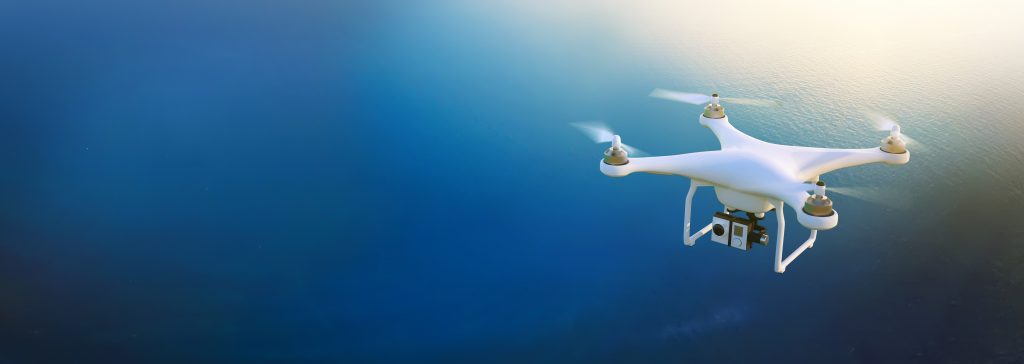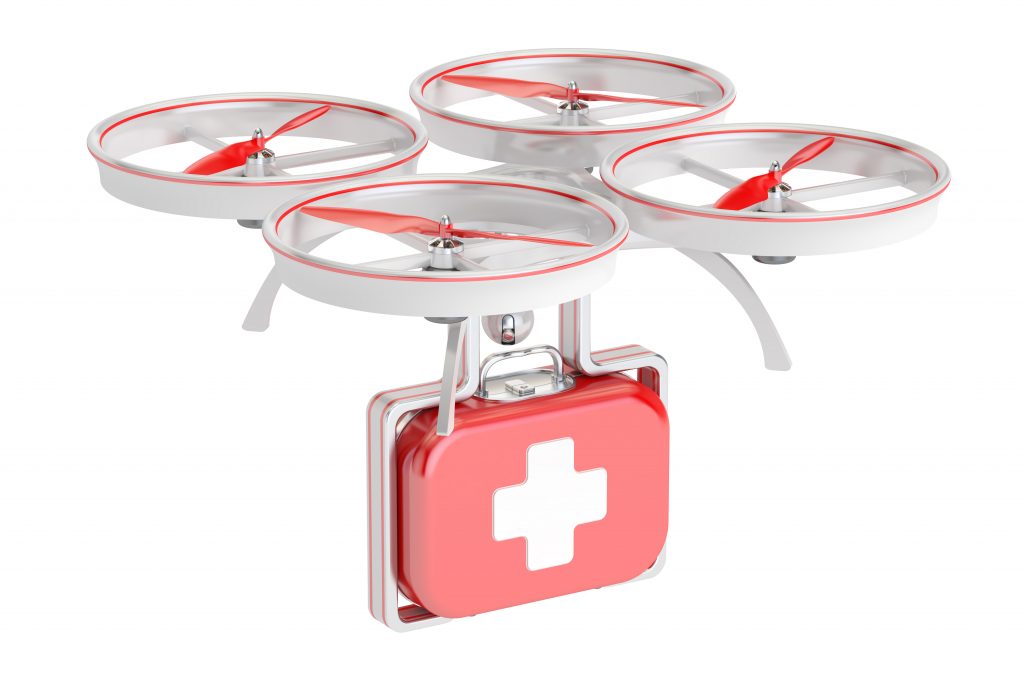 A couple of decades ago, drones were used exclusively for reconnaissance, surveillance, targeted attacks, and other military purposes. But in 2010, Parrot released the first commercial drone that can be controlled via a smartphone. Since then, each subsequent model became smarter and easier to use.
A couple of decades ago, drones were used exclusively for reconnaissance, surveillance, targeted attacks, and other military purposes. But in 2010, Parrot released the first commercial drone that can be controlled via a smartphone. Since then, each subsequent model became smarter and easier to use.
Today, drones are technologically advanced quadcopters that can help save lives. In this article, we’ll walk you through the key applications οf drones and how different businesses benefit from using unmanned aerial vehicles (UAVs).
Uses of drones across industries
Drones have proved to perform tasks timely and accurately in hard-to-reach places. Besides giving unparalleled opportunities for bloggers, travelers, and tech enthusiasts, UAVs can be used in almost every industry. Here are just a few of them.
Media and entertainment
The cinematography was among the first industries to adopt drone technology, allowing filmmakers to capture dramatic scenes without helicopters. The XM2 Cine Sierra is one of the largest UAVs explicitly created for the movie industry.
Similarly, drones help news outlets collect footage that would be difficult to get otherwise due to safety issues, high costs or physical barriers. For example, the BBC has its own drone park. The 2015 BBC UAV video that showed the Auschwitz concentration camp attracted massive attention.
Agriculture
UAVs support agricultural companies worldwide, helping farmers gather data, automate time-consuming processes, expand yields and even predict their potential harvest. With the help of smart sensors, agricultural drones can provide real-time data on crop growth, water use, heat signatures and soil condition. And this is only the beginning: solutions for autonomous picking of produce, airborne seed dispersal and pollination of flowers are also underway.
Healthcare
Since many regions lack access to high-quality healthcare services, drones often fulfill this need by delivering medical packages. For example, US medical product delivery company Zipline quickly delivers to health facilities with the help of drones.
 On top of that, drones are often utilized for disease prevention. For example, the London School of Hygiene and Tropical Medicine leveraged drones with thermal imaging cameras to track macaque movements to limit the further spread of malaria.
On top of that, drones are often utilized for disease prevention. For example, the London School of Hygiene and Tropical Medicine leveraged drones with thermal imaging cameras to track macaque movements to limit the further spread of malaria.
Disaster management
In the aftermath of hurricanes, earthquakes and other natural disasters, Smart UAVs provide great assistance in damage assessment, victim location and aid delivery. Furthermore, drones sometimes help to prevent disasters. Equipped with thermal imaging cameras, surveillance drones are useful in detecting areas prone to forest fires.
Infrastructure maintenance
Deploying smart drones makes inspecting and maintaining the existing infrastructure cheaper, faster and safer. For instance, Duke Energy uses UAVs to check infrared equipment and make storm damage inspections. Oil and gas companies like Royal Dutch Shell and Chevron deploy drones to inspect and explore objects within operational areas. ConocoPhillips uses drones for checking oil tankers for leaks, reducing the time spent on this operation by up to 75%. AT&T uses drones to inspect cell towers, while SunPower improves its power lines with the help of drones.
Construction works
In the construction niche, drones are commonly used for project planning, site management and construction process monitoring. Fitted with high-end cameras, drones can analyze topography, inspect the soil and catch mistakes during the project lifecycle. Notably, UAVs not only boost workers’ productivity but also save their lives: construction companies that leverage drone technologies decreased their threatening accident rate by up to 91%.
Moreover, an experiment by ETH Zürich, roboticist Raffaello D’Andrea, and Gramazio Kohler Architects revealed that drones have the potential to construct buildings.
Telecommunications
It has also been proven that drones can function as temporary cell towers, which can be especially useful in the aftermath of disasters or in crowded places to lessen the load on static towers.
Facebook has taken the idea with infrastructure replacement a few steps further. At present, the company is working on a large solar-powered UAV that would provide Internet to impoverished areas.
Other uses of drones
These are the most common commercial uses of drones. But there are far more industries where UAVs are applicable:
- insurance
- security
- urban planning
- waste management
- wildlife conservation
- weather forecasting
- delivery
- advertising
With improving technology, drones are going to be more robust and thus, the scope of their applications will be expanding.
Conclusion
The introduction of the first commercial UAV in 2010 was the turning point in the commercial use of drones. Since then, UAVs began expanding into every business sphere. Today, drones have many functions, ranging from filming and food delivery to disaster management and disease control. And this is only the beginning of their evolution.
